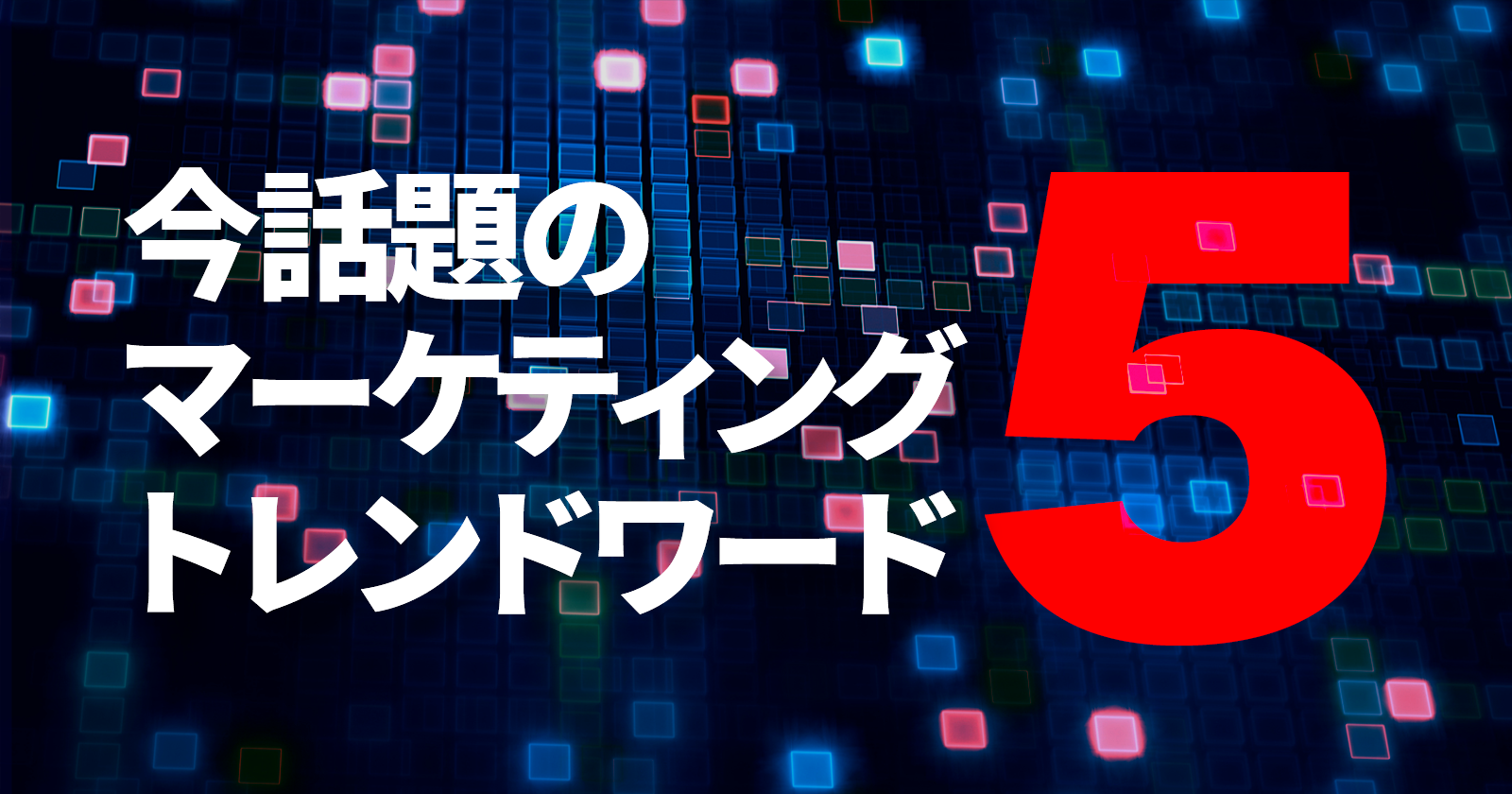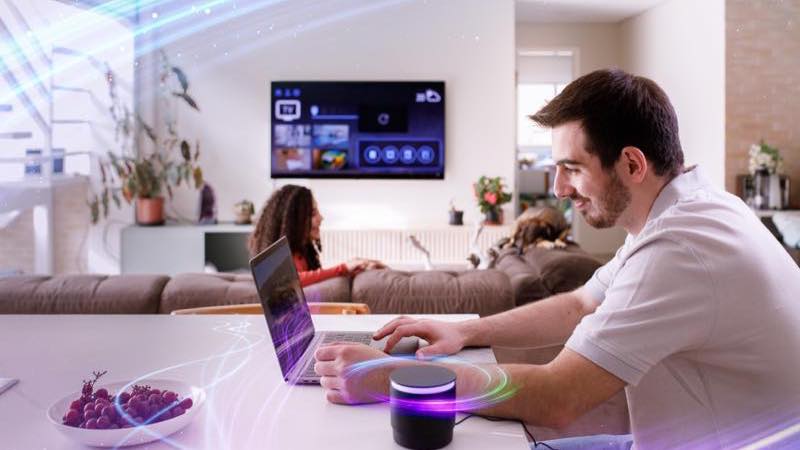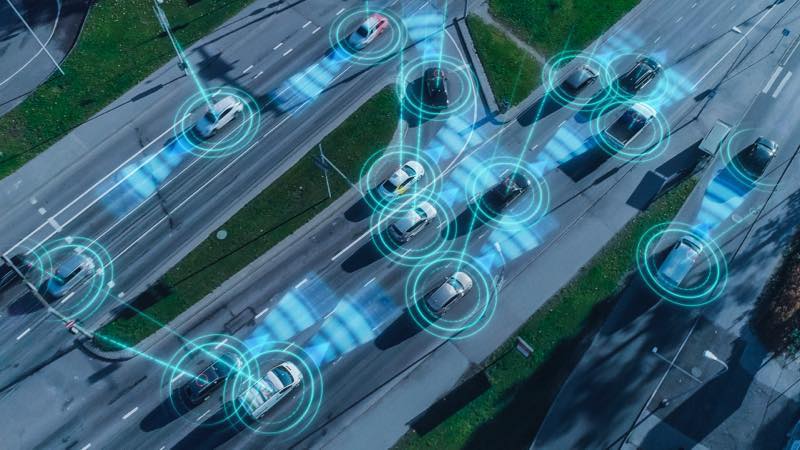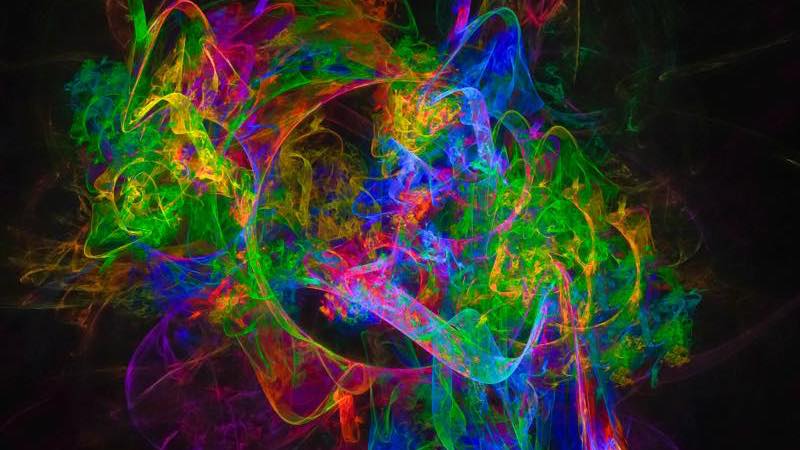Note: This website was automatically translated, so some terms or nuances may not be completely accurate.

The annual CES digital trade show in Las Vegas showcases cutting-edge technologies, particularly in healthcare and the automotive industry, setting new trends. Prime examples include "agetech," which digitally solves challenges faced by the elderly, and "calm technology," designed to integrate naturally into daily life without causing stress. As technology evolves, the way people interact with digital systems is undergoing significant change. This article highlights five trending terms currently generating buzz.
Could it be the key to an aging society? Focus on " AgeTech "
Japan, Europe, and other regions face declining birthrates and aging populations. Amidst this, "AgeTech" – technology addressing the concerns and challenges faced by the elderly – is projected to see significant global market growth. While health-related services like condition monitoring and online diagnosis are prominent, development is also advancing for services supporting elderly lifestyles, such as apps preventing loneliness and life-support robots. Additionally, services like facial recognition systems to prevent wandering also support caregivers. While these technologies clearly enhance seniors' quality of life, those designed for seniors' ease of use often prove intuitive for other generations too. This dual appeal makes them valuable catalysts for creating universally accessible services. Why not consider what actions your company could take?
Articles related to AgeTech covered in Dentsu-ho can be found here
Is our relationship with digital changing? What is " Calm Technology "?
In today's society, vast amounts of information are generated and consumed daily. Many people find their concentration disrupted, accumulating fatigue and stress. "Calm Technology" was proposed as a solution to this issue. It refers to technology that naturally integrates into daily life, usable without requiring constant thought or conscious attention. A prime example is the robot vacuum cleaner: once set, it automatically cleans and quietly returns to its charging station. Additionally, IoT devices like smart speakers are expected to help prevent the dispersion of concentration without excessively demanding human attention. The concept of Calm Technology is deeply relevant to product development and can also be applied to marketing strategies and UI/UX design. Incorporating it as a hint for future business could be one approach.
Articles related to Calm Technology covered in Dentsu-ho can be found here
The Future of Cars Guided by " CASE." And Its Impact Extending Beyond the Mobility Industry
In the rapidly innovating automotive industry, "CASE" stands as one of the keywords symbolizing the future. An acronym for "Connected (IoT)," "Autonomous (Self-Driving)," "Shared & Service," and "Electric," it represents the direction the automotive industry should pursue. A similar term is "MaaS (Mobility as a Service)," which refers to the concept of integrating all mobility options—like trains and buses—into a single service. In contrast, CASE represents the transformation toward electrification within a specific industry. Recently, CASE adoption is advancing not only in the automotive sector but also in specialized fields like construction machinery, forklifts, and industrial drones. Furthermore, even in passenger water taxis, demonstration projects for autonomous navigation systems using small electric boats have commenced. The CASE trend, originating in the automotive industry, is expected to have a broader impact going forward. Why not keep watching its developments?
Articles related to CASE covered in Dentsu-ho can be found here
Is BNPL the driving force? The new shopping experience brought by "1-click checkout"
Shopping online involves searching for products, adding them to a cart, entering personal information... it's a fairly time-consuming process. "1-click checkout" is gaining attention as a way to shorten this e-commerce purchasing flow. This system allows payment to be completed immediately with just one click on the purchase button on the product page. By eliminating cumbersome procedures, it benefits both users who want to buy quickly and e-commerce sites looking to boost sales. The expiration of patents held by major platforms in 2017, coupled with the rise of BNPL (Buy Now, Pay Later) services—which share the goal of achieving frictionless purchasing—has spurred a wave of startups, primarily in the US, to enter this space, creating significant momentum. Let's first understand how this mechanism works and use it as a hint for optimizing the customer journey.
Articles related to 1-click checkout covered by Dentsu-ho can be found here
What is the new relationship between " Generative Art " and NFTs?
"Generative art" refers to digital art mechanically produced by computer algorithms. Recently, however, it has increasingly been used in the context of NFTs. NFT art automatically generated by AI through the random combination of multiple parts is also called "generative NFTs." Depending on how the parts are combined, this can produce vast collections numbering in the thousands or tens of thousands. While its popularity has historically been overwhelmingly overseas, the emergence of popular series originating in Japan has brought it significant attention domestically. When companies issue generative NFTs, if fans gather around the art, investment can be expected. Consequently, it is anticipated as a new fundraising method following venture capital and crowdfunding. Why not consider it as one reference point when contemplating business development from a Web3.0 perspective?
Articles related to Generative Art covered by Dentsu-ho can be found here
- NFTs: The Cornerstone of the Token Economy. Exploring Their Benefits and the Expanding Possibilities for Content Business
- What changes with the arrival of the Web3.0 era? New business styles emerging from the transformation of digital society
GameFi: Play and Earn. The new business possibilities led by games leveraging NFT technology
This month, we focused on introducing keywords relevant to the digital realm. Advances in digital technology are generating diverse trends within design and art fields. Particularly with the rise of the metaverse and NFTs, more keywords are gaining attention, with "generative art" being a prime example. Areas where Japan still has room to grow compared to the global stage could be where pioneering efforts yield significant impact.
Was this article helpful?




